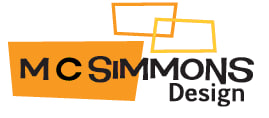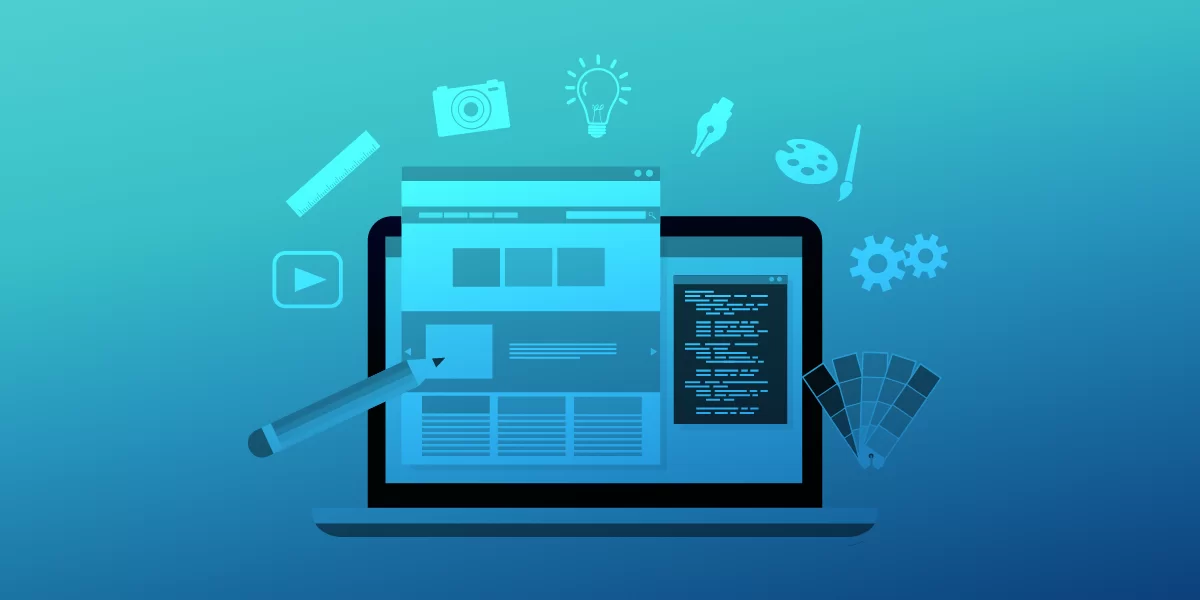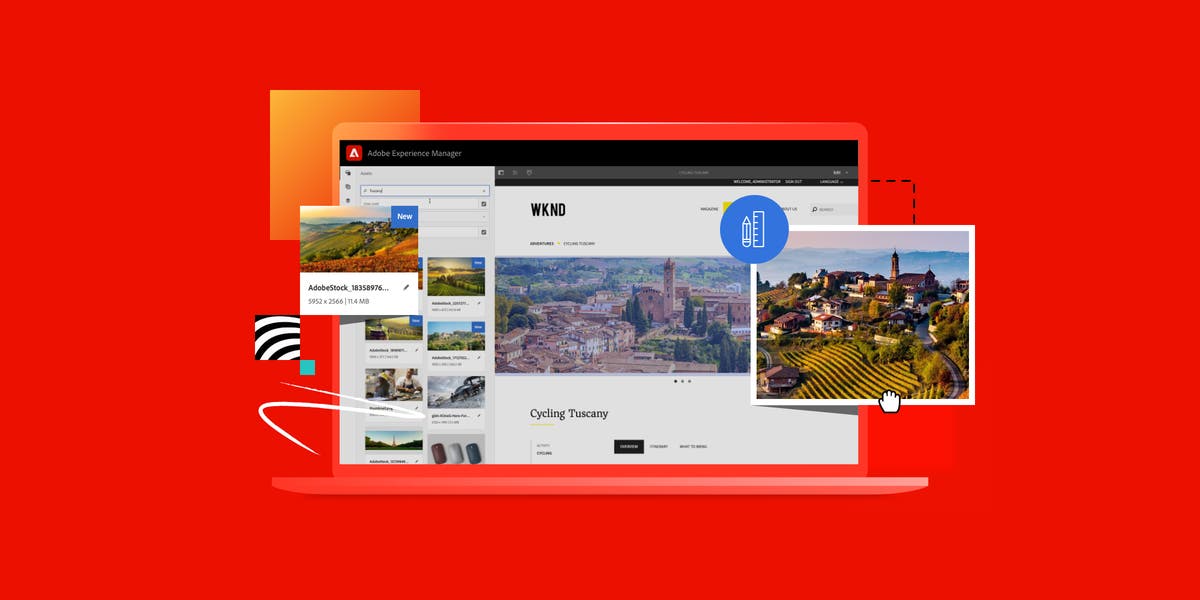In the ever-evolving world of web design, there’s always something new to learn, explore, and master. While understanding the basics of HTML, CSS, and responsive design is essential, truly exceptional web designers go beyond the fundamentals, delving into advanced techniques to push the boundaries of creativity and innovation. From dynamic animations and immersive interactions to cutting-edge technologies and experimental layouts, advanced web design techniques empower designers to create websites that captivate, inspire, and delight users. Let’s embark on a journey to explore some of these advanced techniques and uncover the secrets to taking your web design skills to the next level.
1. Dynamic Animations and Microinteractions
Gone are the days of static web pages; today’s websites come alive with dynamic animations and microinteractions that engage users and enhance the user experience. From subtle hover effects and scroll-triggered animations to interactive elements that respond to user input, animations add depth, personality, and interactivity to web designs. By mastering CSS animations, JavaScript libraries like GreenSock (GSAP), and frameworks like React Spring, designers can create seamless, fluid animations that elevate the visual appeal of their websites and create memorable user experiences.
2. Experimental Layouts and Grid Systems
While traditional grid-based layouts offer stability and familiarity, advanced web designers aren’t afraid to push the boundaries with experimental layouts and unconventional grid systems. From asymmetrical designs and broken grid layouts to modular grids and dynamic grid systems, designers can create visually striking compositions that break free from the constraints of traditional design conventions. By embracing experimentation and creativity, designers can challenge the status quo, spark curiosity, and create websites that stand out in a sea of uniformity.
3. 3D Graphics and WebGL
The advent of WebGL has opened up exciting possibilities for integrating 3D graphics and immersive experiences into web design. Advanced web designers leverage WebGL libraries like Three.js and Babylon.js to create stunning 3D visuals, interactive environments, and immersive storytelling experiences. Whether it’s building interactive product showcases, virtual tours, or games, 3D graphics add a new dimension to web design, allowing designers to push the boundaries of what’s possible and create truly immersive experiences that leave a lasting impression on users.
4. Performance Optimization and Web Accessibility
In the quest for advanced web design, it’s essential not to overlook the importance of performance optimization and web accessibility. Advanced web designers understand the impact of performance on user experience and employ techniques like lazy loading, code splitting, and image optimization to ensure fast load times and smooth browsing experiences. Additionally, they prioritize web accessibility, adhering to WCAG guidelines and implementing features like keyboard navigation, screen reader compatibility, and semantic HTML to ensure that websites are inclusive and accessible to all users, regardless of their abilities or limitations.
5. Collaboration and Continued Learning
Finally, advanced web designers recognize that mastery is a journey, not a destination. They actively seek opportunities for collaboration, mentorship, and continued learning, whether through online communities, workshops, conferences, or peer-to-peer networking. By staying curious, open-minded, and adaptable, designers can stay at the forefront of emerging trends and technologies, continuously refining their skills and pushing the boundaries of what’s possible in web design.
Conclusion: Elevating Web Design to New Heights
In conclusion, mastering advanced techniques in web design is about more than just acquiring technical skills; it’s about embracing creativity, innovation, and a relentless pursuit of excellence. By exploring dynamic animations, experimental layouts, 3D graphics, performance optimization, and web accessibility, designers can create websites that not only look visually stunning but also deliver exceptional user experiences that resonate with audiences and drive results. As technology evolves and design trends shift, the journey of mastering advanced web design techniques is an ongoing one, but for those willing to embark on the adventure, the possibilities are limitless.




